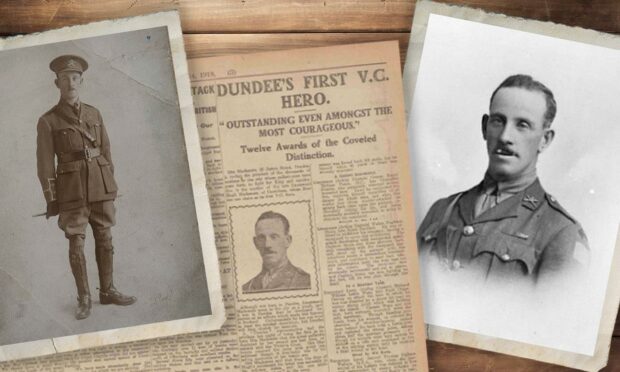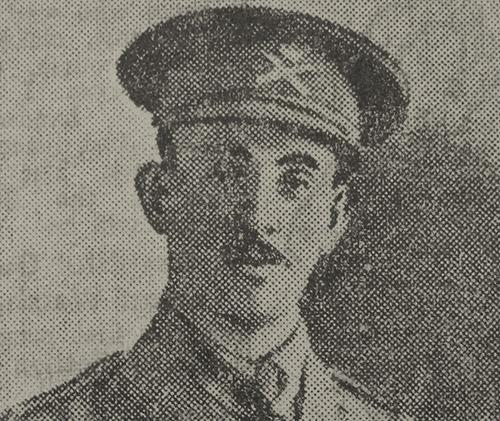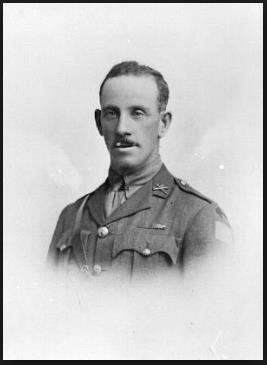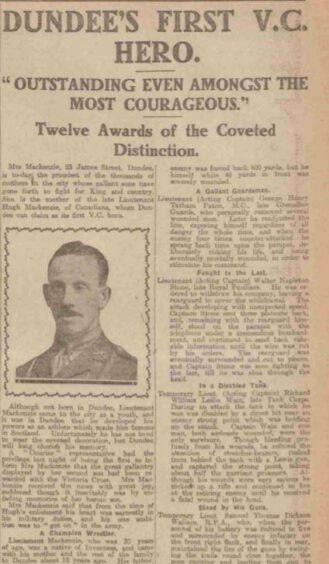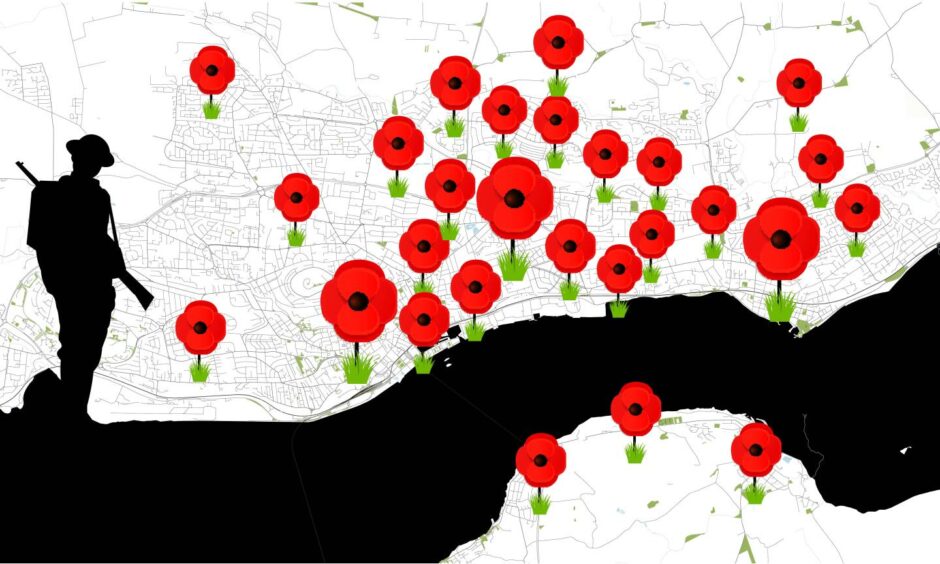He was the Victoria Cross recipient whose selfless actions saved many lives in one of the bloodiest battles of World War One.
Liverpool-born soldier Hugh McDonald McKenzie was educated at Leachkin Public School, Inverness, and at Rosebank Primary School, Dundee.
He worked for the Highland Railway Company as a cleaner before returning to Dundee around 1905.
He then worked for Messrs Watson & Sons of Seagate, Dundee and later for the Caledonian Railway Company as a carter.
He was also a keen sportsman and was a founder member of the Dundee Amateur Boxing and Wrestling Club and was North Scotland wrestling champion.
He married Marjorie McGuigan, and they had two children, Elizabeth and Alexander.
Emigrated to Canada
McKenzie emigrated to Canada in 1911 with his family where he worked as a teamster on the railways in Montreal.
In August 1914, shortly after the outbreak of the First World War, McKenzie volunteered for the Canadian Expeditionary Force and enlisted in the Princess Patricia’s Canadian Light Infantry.
On enlistment, his papers stated that he had previous service in the Garrison Artillery and two years in the Special Reserve Field Artillery.
No 3 Company sailed for England and trained on Salisbury Plain and Winchester before joining the British 80th Brigade in 27th Division.
The Battalion became the first Canadian unit to serve on the Western Front.
Whilst serving as a Corporal in May 1915 at St Eloi, he earned the Distinguished Conduct Medal for actions while in command of a machine-gun section.
Then he became a Sergeant in September 1915 and was awarded the French Croix de Guerre in February 1916 for gallant and distinguished conduct in the field, the first machine-gunner ever to receive this award.
In September 1916 he became a company Sergeant-Major, then in January 1917, he was commissioned as a Second Lieutenant and was transferred to the Canadian Machine Gun Corps, attached to the 7th Brigade Machine Gun Company.
Bravery under fire
The action for which he was awarded the Victoria Cross took place on October 30, 1917 at Meetscheele Spur, near Passchendaele, Belgium.
The citation reads: “For most conspicuous bravery and leading when in charge of a section of four machine guns accompanying the infantry in an attack.
“Seeing that all the officers and most of the non-commissioned officers of an infantry company had become casualties, and that the men were hesitating before a nest of enemy machine guns, which were on commanding ground and causing them severe casualties, he handed over command of his guns to an N.C.O., rallied the infantry, organised an attack, and captured the strong point.
“Finding that the position was swept by machine-gun fire from a ‘pill-box’ which dominated all the ground over which the troops were advancing, Lt. MacKenzie made a reconnaissance and detailed flanking and frontal attacking parties which captured the ‘pill-box,’ he himself being killed while leading the frontal attack.
“By his valour and leadership this gallant officer ensured the capture of these strong points and so saved the lives of many men and enabled the objectives to be attained.”
When the award of his Victoria Cross was announced in the London Gazette on February 13 1918, his surname was misspelled as “Mackenzie”.
In his will, he left his money and watch to his mother and everything else to his wife.
In addition to the VC and DCM, he was awarded the 1914-15 Star, British War Medal 1914-20, Victory Medal 1914-19, and French Croix de Guerre.
As he died on duty, his next of kin was eligible for the Canadian Memorial Cross.
His medals were in his widow’s possession when they were destroyed in a house fire at Amhertsburg, Lake Erie, Ontario on May 24, 1959.
Unaware of this, the Regimental Museum in Calgary appealed across Canada for the location of the VC and made contact with his daughter in 1970.
The museum arranged for replacement medals of the missing medals and VC, and she presented them to the Canadian War Museum, Ottawa, in March 1979.
Lieutenant McKenzie has no known grave but is commemorated on the Menin Gate in Ypres, Belgium.
A commemorative paving stone was unveiled in his honour at Liverpool Parish Church which serves as a “permanent reminder of the incredible contribution that he made to the war effort and his role in making sure that more soldiers weren’t lost”.
Pictures of Hugh McDonald McKenzie courtesy of the Great War Dundee project
